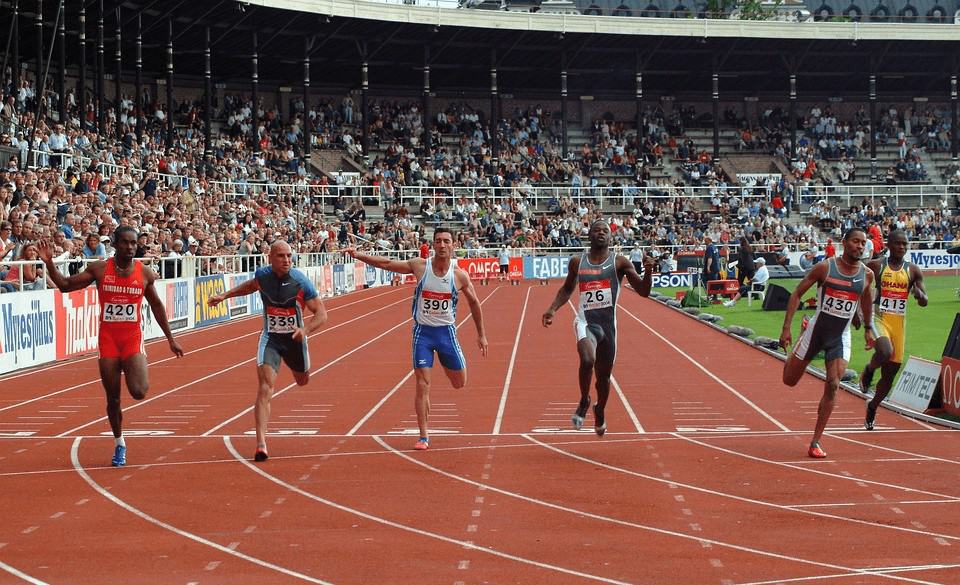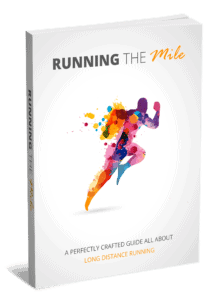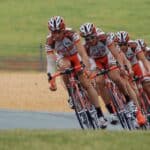
The Neuro Biomechanics of Maximum Velocity Sprinting
Page Contents
Loren Seagrave is a trainer and coach involved in coaching world-class hurdlers and sprinters for years. He is the founder of two performance consulting firms, Velocity Sports Performance and Speed Dynamics. The latter has introduced a number of videos and equipment aimed at improving speed, hurdling and sprinting through ‘speed dynamics’.
In this post, we look at what Loren Seagrave has to say about the neuro biomechanical principles coaches should take into consideration when training athletes to improve their speed. We provide a complete guide on the speed training method and discuss its aspects in detail.
Neuro Biomechanics of Maximum Velocity Sprinting – A Complete Guide
One of the most important factors for performance and success in long races is the level of velocity achieved and maintained during the Maximum Velocity phase. Reaching a high velocity quickly and holding it through the finish line can be done only with high-speed running mechanics.
The high-speed running model applies to runners and is seen in the world’s fastest sprinters. It is based on the concept that athletes can achieve consistently faster performances with the application of high-speed running mechanism and the implications of creating and maintaining higher maximum velocity.
This model can be developed using six reference points namely Body Position, Recovery Mechanics, Transition Phase, Ground Preparation Phase, Ground Phase and Arm Action.
Loren Seagrave Thigh Pop
The idea of thigh pop has been introduced and made popular by Loren Seagrave. It is all about lifting through the hip in maximum velocity.
Whenever you do any kind of sprint drill, you should include lifting from the hip which means to close the hip flexor angle so that the leg is brought upward and forward to a position of attack. This type of movement will allow efficient sprinting, less deviation and more force.
When performing drills, sprinters should shift the hip forward and keep the shoulders directly above the hips. The lower abdominals can be used to stabilize the pelvis. Butt kicks with thigh pop are another important drills that teach sprinting skills.
Maintain the right body position and pelvic tilt and foot dorsiflexed. Then, pop the thigh and lit the heel-up in a forward direction. Some of the strength exercises that enhance the strength of the sprint cycle include lunges, squats, bounding and step-ups.
On To Our Readers
Loren Seagrave is one of the most sought after sprint coaches, his company Speed Dynamics has produced and sold various videos and equipment for sprinting, endurance and speed, reaching 1,000s of athletes from across the world.
His foremost contributions however are the specific neuro-biomechanical principles that coaches should consider when helping athletes develop speed and endurance. If you’re planning on going professional as a sprinter, the works of Loren Seagrave are paramount for developing your game.


Download Running the Mile for only 8usd
“A Know-all Short Report All About Long Distance Running”




